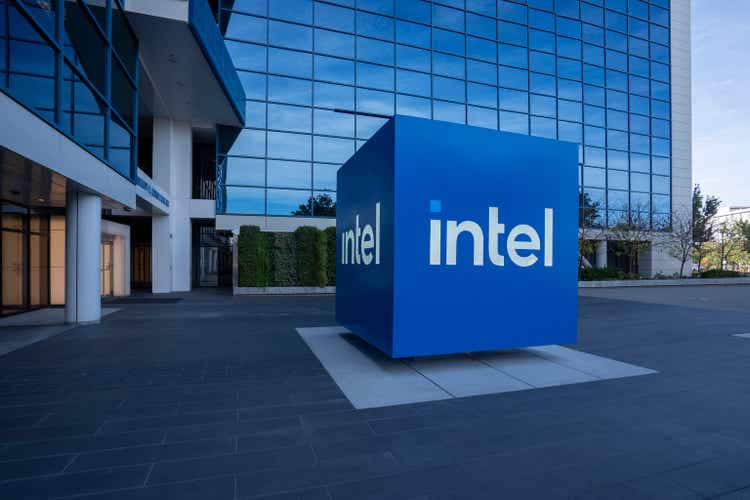Chief financial officers are facing a new paradox: How do they grow their teams when they can’t hire?Against today’s macro backdrop, shaped by volatility, digital acceleration and rising expectations around employee experience, the traditional boundaries between technology and talent are dissolving fast.Nowhere is this more apparent than in accounts payable (AP), where organizations are using automation not just to streamline operations but also to rethink workforce design.“It’s about automating away the ordinary,” Edenred Pay CFO Joe Denson told PYMNTS.
Rather than replacing jobs, the integration of advanced solutions is creating an inflection point. Finance leaders are using AP automation as a workforce catalyst, aligning hiring around high-value functions while eliminating manual tasks that have long drained talent and time.“CFOs want to focus their resources and ensure what those resources are doing adds the most strategic value,” Denson said.

“AP automation allows finance staff to stop doing manual tasks like entering invoices or looking up suppliers.”The result? A leaner, more strategic finance function that’s built for resilience and agility.Strategic Win-WinTraditionally, scaling AP meant adding headcount.
But these days, that’s a nonstarter. This makes the case for automation more urgent and more nuanced.Modern AP automation platforms, especially those integrated into larger enterprise resource planning (ERP) and procurement ecosystems, offer more than OCR and eInvoicing.
They can bring artificial intelligence-driven insights, real-time spend visibility and machine learning capabilities that continuously improve processes.Before he was a CFO, Denson was an AP clerk. He has keyed in invoices, chased approvals and managed vendor payments firsthand.
That lived experience makes him a particularly empathetic advocate for what he called “leveling up” finance talent.With automated AP, the clerk who used to spend the day matching purchase orders and chasing down invoice approvals can now own vendor relationships or help shape payment strategy, Denson said.For example, in property management — a sector where Edenred Pay has deep experience — automation replaces hours of manual invoice entry while offering a pathway to retention and upskilling.
That’s the shift, and it’s a win-win, he said.“It’s growth for the company in terms of productivity,” Denson said. “And also growth for the individual, where they’re managing a strategic function rather than just a single portion of the process.
”Future-Proofing Enterprise FinanceFor organizations looking to modernize, the best time to introduce AP automation could be during a broader system transition.Denson pointed to Edenred Pay’s integration with Accounting Seed’s ERP platform as an example.“A lot of their customers are now coming over to us saying, ‘I’m implementing a new ERP — might as well add AP and invoice automation and get double the benefit,’” he said.
However, automation doesn’t sell itself. Many CFOs are hesitant to modify procedures they’ve spent years refining, especially those with well-established internal controls.“Most CFOs are a little bit worried about changing a process,” Denson said.
That’s why, when it comes to evaluating automation’s ROI, he advised keeping KPIs simple, citing reductions in invoice processing time, touchpoint shrinkage and better data outputs as among the most important criteria.“How long is the invoice in the building?” he said. “Ideally, you’re measuring handling time in minutes, not days.
How many people are involved? Fewer is better, as long as separation of duties and controls are preserved. And can I get the data in a way that’s sortable and manageable?”Edenred Pay delivers reports showing what’s been received and paid at the invoice and supplier level, enabling real-time analysis, he said.Ultimately, as automation and AI reshape the finance back office, Denson said he is optimistic but pragmatic about the technology’s role in shifting talent away from transactional labor and toward strategic analysis — things like identifying fraud patterns or assessing vendor-level spend.
“It’s a win-win, but you have to be ready to lean into it,” he said.For all PYMNTS B2B coverage, subscribe to the daily B2B Newsletter.The post ‘Automate Away the Ordinary’ — How CFOs Use Tech to Reshape Finance Workflows appeared first on PYMNTS.
com..
Business

‘Automate Away the Ordinary’ — How CFOs Use Tech to Reshape Finance Workflows

Chief financial officers are facing a new paradox: How do they grow their teams when they can’t hire? Against today’s macro backdrop, shaped by volatility, digital acceleration and rising expectations around employee experience, the traditional boundaries between technology and talent are dissolving fast. Nowhere is this more apparent than in accounts payable (AP), where organizations [...]The post ‘Automate Away the Ordinary’ — How CFOs Use Tech to Reshape Finance Workflows appeared first on PYMNTS.com.















